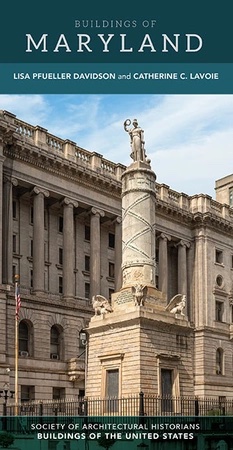
The country home and plantation of Charles Carroll (known as the Barrister to distinguish him from the other Charles Carroll), and his wife Margaret Tilghman, this is the only remaining of numerous extravagant colonial-era retreats that once skirted the city. The Georgian house encompasses an opposing five-bay river-facing facade with a central pedimented pavilion and a three-bay carriage facade to which was added a distinctive entrance portico with upper chamber and Palladian window. A kitchen dependency to one side was then matched by an office to the other, both joined to the house by hyphens. The resulting five-part house form had recently appeared in Carroll’s home city of Annapolis, as had the polygonal bays on the dependencies and a transverse hall plan with the primary rooms to the rear, facing the river. Such features lend support for its attribution to Annapolis builder Patrick Creagh.
The property was first utilized for recreational purposes in 1870 when leased to the West Baltimore Scheutzen Association as a clubhouse and pleasure grounds. The dilapidated hyphenated wings were removed in 1871. In 1890, Mt. Clare was purchased by the City, and a landscape plan was developed by Olmsted Brothers in 1903. As part of its restoration, the hyphenated wings were rebuilt in 1908, and in 1917 the house opened as a museum, including a rare collection of paintings, furniture, and decorative arts. The former grounds are now Carroll Park.








